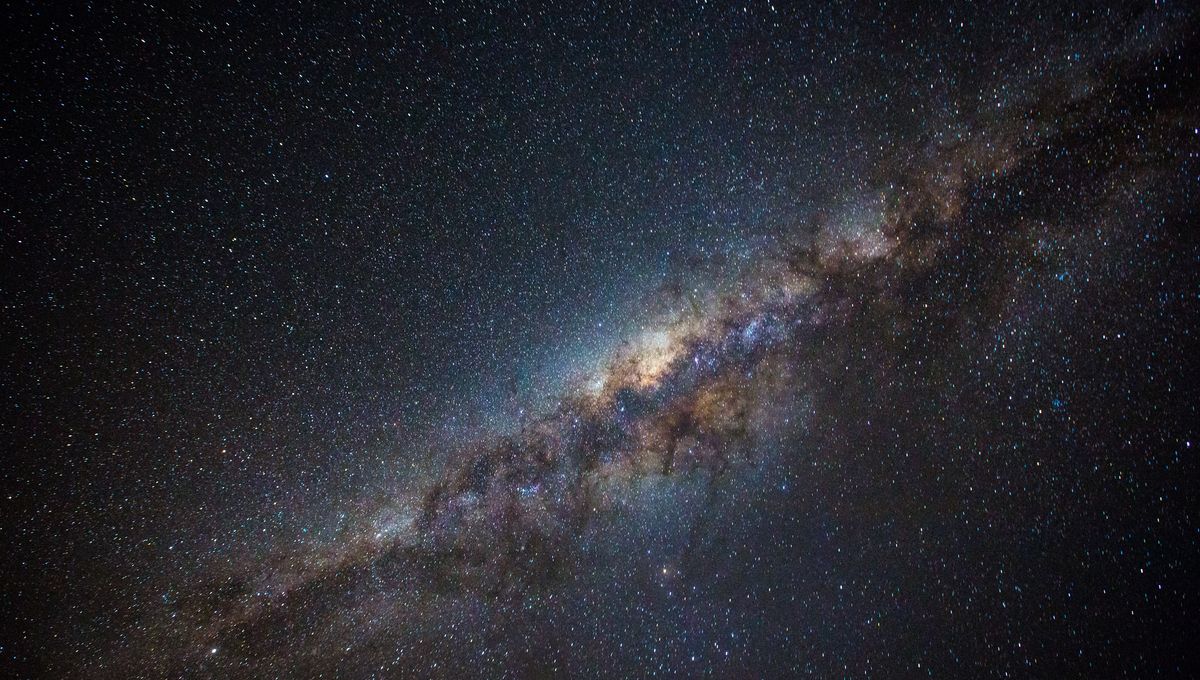
Being inside of a galaxy certainly has its perks, given that planets capable of sustaining life would be unlikely to form in intergalactic space. But it means that there is a big chunk of the universe we can’t see because it is blocked by the central region of our own Milky Way. Now astronomers have been able to determine the existence of a galaxy cluster behind the wonderfully ominous-sounding “zone of avoidance”.
In the zone of avoidance, which makes up 10-20 percent of the sky visible from Earth, visible light is blocked by the vast clouds of gas and dust located through the plane of the Milky Way. Other wavelengths, like infrared, can move through it as the region is more transparent to them. This is how JWST (which sees in infrared) can see some things that Hubble (visible light) cannot.
Near-infrared observations are in fact proving very important in studying what lies in the zone of avoidance. We know, for example, that the equally ominous-sounding Great Attractor – a major galaxy cluster that is pulling the Milky Way toward itself – is located in that direction. Now we know there is another cluster in that direction, albeit much smaller.
This rich group of galaxies is known as the not-very-catchy VVVGCl-B J181435-381432. Its light has traveled for 2.7 billion years to reach us and its mass is estimated to be about 45 to 50 times that of the Milky Way, roughly in line with the expectations for galaxy clusters at that epoch.
The team also estimated the radius size, although the precise value depends on the expansion rate of the universe (a currently contentious number due to the so-called Hubble tension). They estimate the radius is roughly the distance between the Milky Way and Andromeda, the closest largest galaxy to our own. This cluster is packing a lot of mass in a (relatively) small space.
The team used the Gemini South telescope to study five galaxies that are now believed to be part of this cluster. Because of their number, they suspected that together they made a galaxy cluster. They now think there could be as many as 58 galaxies in the structure.
There is still much we don’t know about the zone of avoidance (other than astronomers enjoy naming things) but astronomers are being clever in ways to understand it. Which is a good thing because the other option is to wait several tens of millions of years for it to become visible and who’s got time for that?
The research is submitted to Astronomy & Astrophysics and is available on the ArXiv preprint server.
Source Link: Hidden Structure Discovered Behind The Milky Way’s "Zone Of Avoidance"